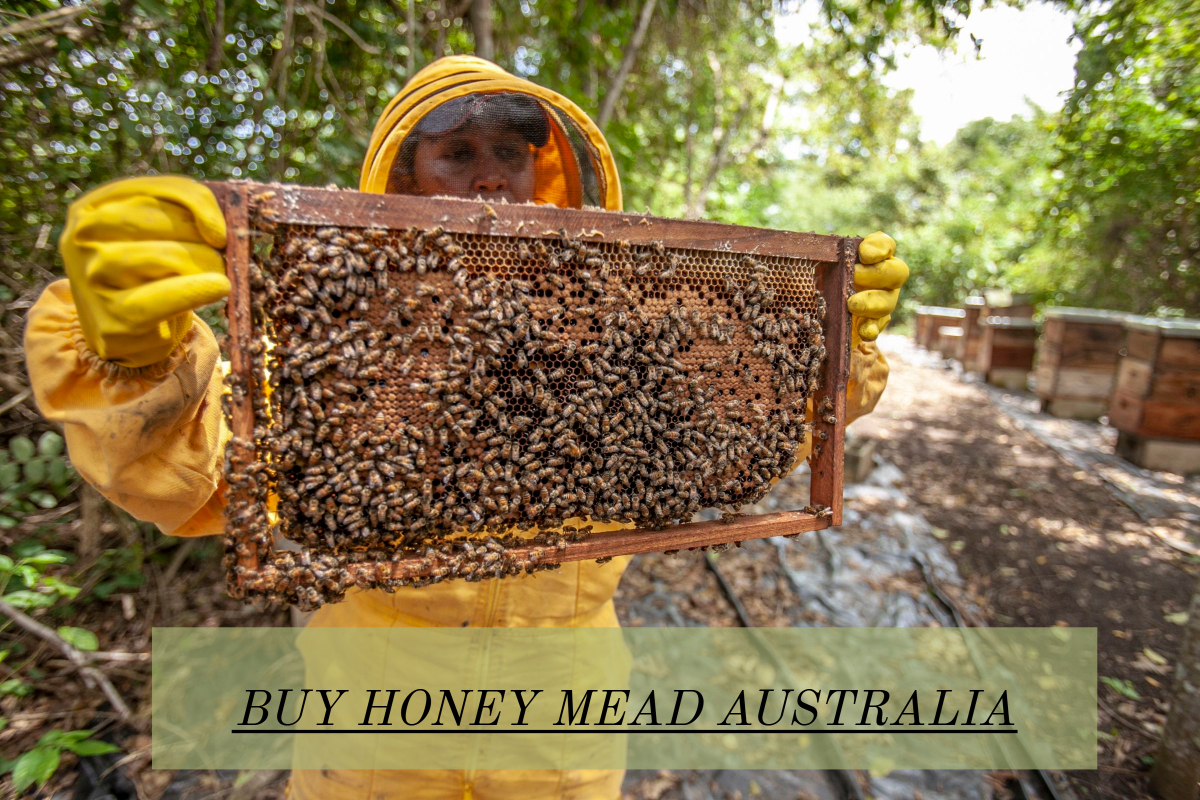Mead, also known as honey wine, can be traced from medieval culture origin but it has been the oldest drink humans purposefully made, even before beer or wine. You might have read in classic literature that the mead is the favorite drink of Danish warriors. In Greece, it is known as the “drink of the gods”, and in other parts of Europe, it is used to combat illnesses by mixing herbs and spices in the classic honey wine.
With the resurgence of mead in some parts of the world and the difficulty sometimes in finding one in your local market, you might want to try whipping up a batch at your home. Yes, it’s possible and very simple. Discover your inner mead maker with these simple steps on how to make mead and bottle your own!
Ingredients:
- honey
- water
- yeast
- fruits/herbs/spices (optional)
Equipment:
- fermentation vessel (x2) – generally a 1-gallon glass jug
- water lock
- siphon
- wine bottles
- corks
- bottle corker
Steps:
- Prepare all ingredients and equipment. Make sure to sanitize all your tools by either boiling or food-grade sanitizer.
- Mix one part honey and three parts water in the fermentation vessel until honey dissolves completely. Some mead makers sterilize the mixture but take note that sterilizing reduces the flavor of the mead.
- Now add yeast to the mixture. However, if you’ve used raw honey directly from the hive, adding yeast is not necessary as it already contains natural yeast.
- If you want to add other flavors to your honey wine, this is the perfect stage to add fruits, herbs, or spices.
- Using the water lock, seal the fermentation vessel for a more flavorful finished product.
- Leave the mead in the vessel for 2-3 weeks to allow primary fermentation.
- For the secondary fermentation which takes about 6 weeks to 6 months, attach a siphon to the second vessel to allow sediments to be retained in the first vessel. This improves the quality of the final honey wine product.
- Finally, to bottle the mead, use again a racking siphon to transfer it to the wine bottle.
- Seal the bottle by inserting a softened cork in boiling water using a bottle corker.
- Continue aging the mead for at least a month by keeping it in a dark and non-humid storage.
These procedures above are specifically done for the classic honey wine alone. If you want to learn further other innovative techniques, you may try visiting Honey Wine Australia’s website (www.honeywinesaustralia.com.au/) to see interesting topics on beekeeping as well as mead making.
